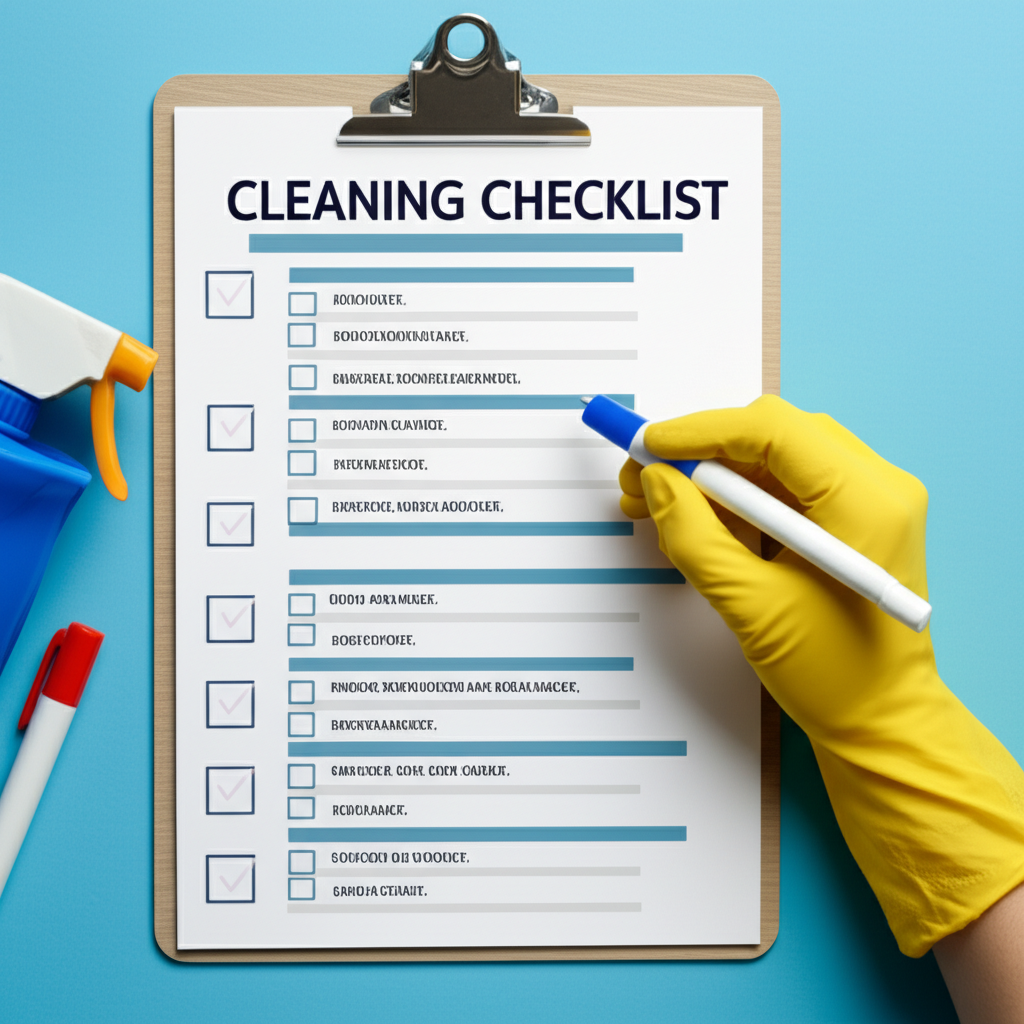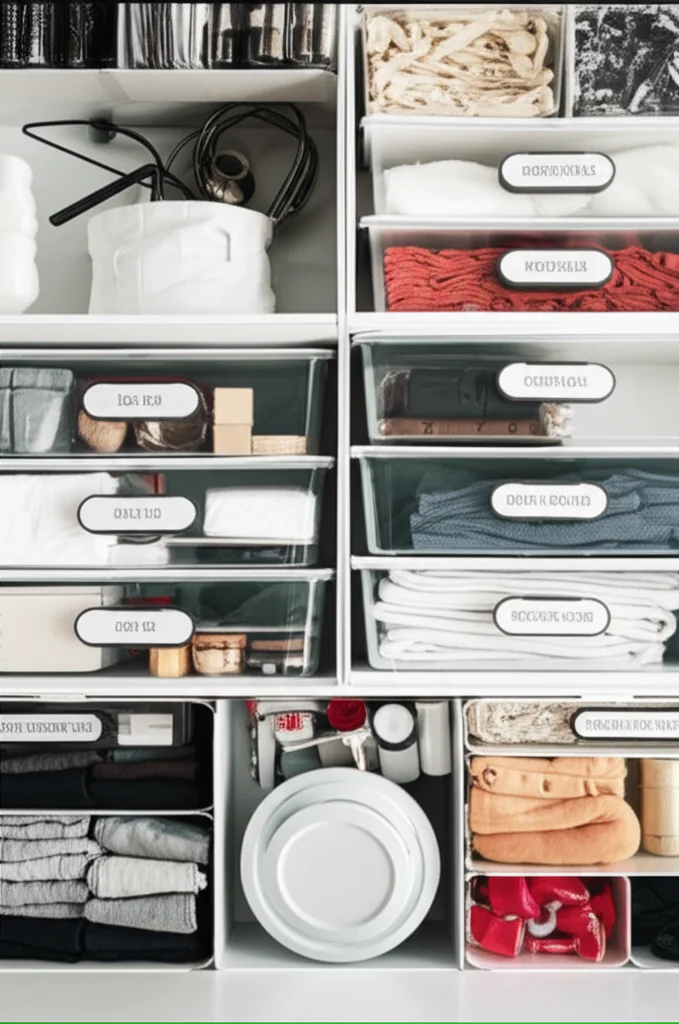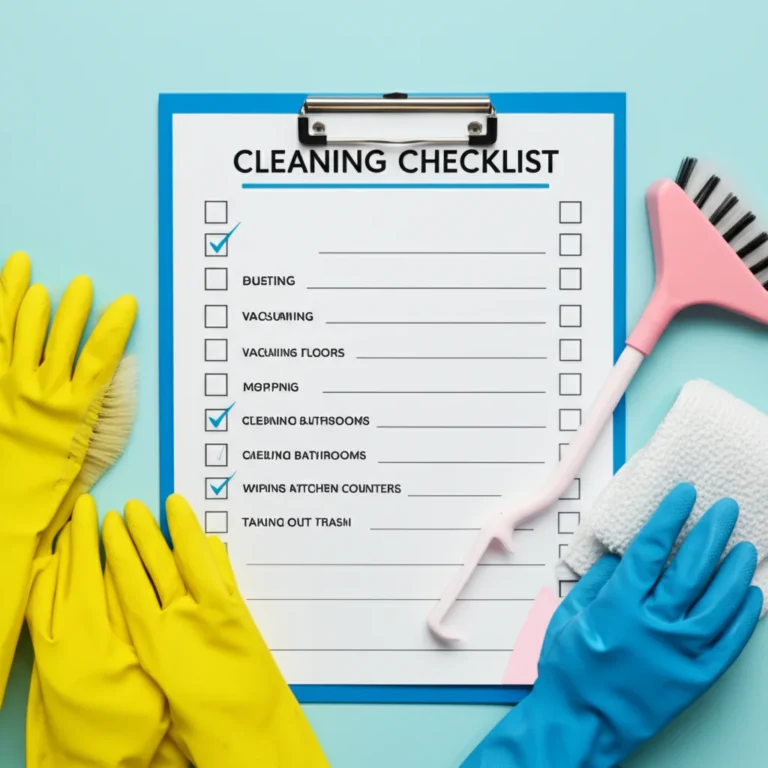Support our educational content for free when you purchase through links on our site. Learn more
What Are the 5 Standards in Cleaning? Discover Essential Practices for a Spotless Space! 🧼✨
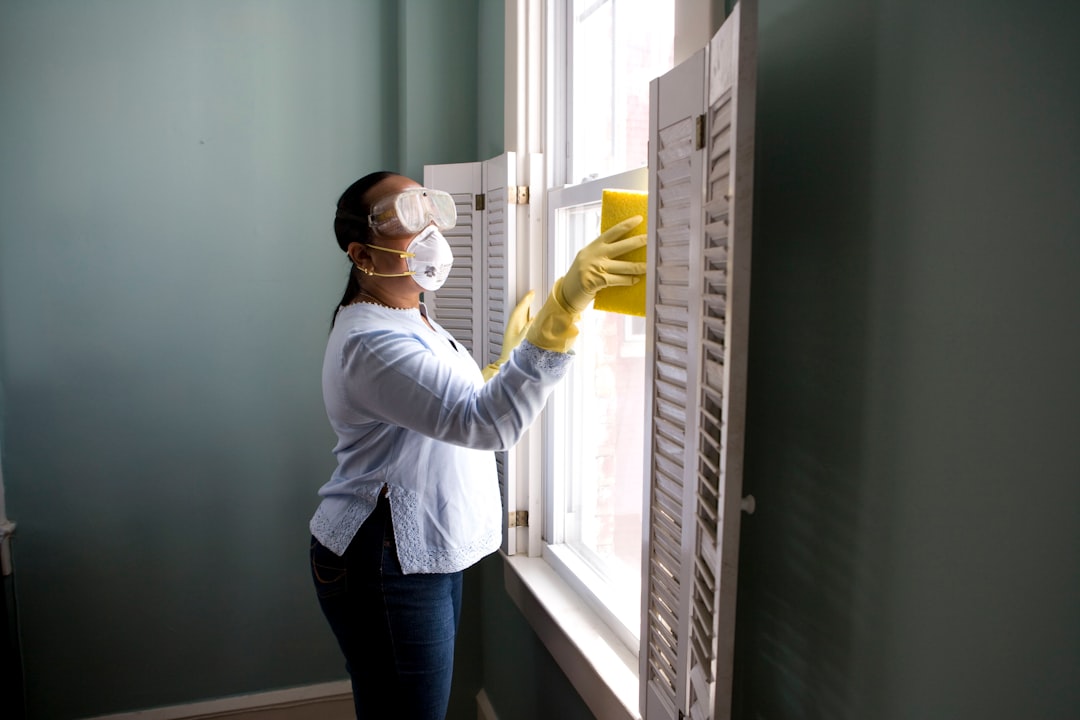
Have you ever walked into a room and felt an instant sense of calm because it was clean and organized? Or maybe you’ve been overwhelmed by clutter and dirt, wondering where to even start? Cleaning is not just about aesthetics; it’s about creating a healthy and welcoming environment. In this article, we’ll explore the 5 standard cleaning practices that every home and office should adopt to maintain cleanliness and hygiene. From regular upkeep to deep cleaning, these practices are your go-to strategies for a spotless space.
Did you know that a clean environment can significantly boost your mood and productivity? Studies show that people who work in clean spaces are more focused and less stressed. So, if you’re ready to transform your cleaning routine and elevate your living or working space, keep reading! We’ll break down each standard practice and provide you with actionable tips to implement them effectively.
Key Takeaways
- Regular Cleaning: Daily maintenance prevents dirt buildup and keeps your space looking fresh.
- Deep Cleaning: Essential for tackling hidden grime and improving air quality.
- Sanitizing: Reduces germs on surfaces, especially in high-touch areas.
- Disinfecting: Kills harmful bacteria and viruses, crucial for health and safety.
- Maintaining Cleanliness: Consistency is key to a tidy environment; involve everyone in the process!
Ready to stock up on cleaning supplies? 👉 Shop eco-friendly options like Mrs. Meyer’s Clean Day or powerful disinfectants like Clorox to get started on your cleaning journey! 🛒✨
Table of Contents
- Quick Tips and Facts
- Understanding the 5 Standard Cleaning Practices
- The Importance of Cleaning Standards in Various Industries
- Detailed Breakdown of Each Standard Cleaning Practice
- Common Cleaning Products and Tools Used in Standard Practices
- How to Implement Standard Cleaning Practices at Home
- Challenges in Maintaining Cleaning Standards
- The Future of Cleaning Standards: Innovations and Trends
- Conclusion
- Recommended Links
- FAQ
- Reference Links
Quick Tips and Facts
Cleaning is more than just a chore; it’s an art! 🎨 Here are some quick tips to elevate your cleaning game:
- Regular Maintenance: A little cleaning every day prevents the need for a massive overhaul later. Think of it as a daily workout for your home! 💪
- Use the Right Tools: Invest in quality cleaning products like Mrs. Meyer’s Clean Day for eco-friendly options or Clorox for disinfecting.
- Focus on High-Touch Areas: Don’t forget those pesky door handles and light switches! They’re germ hotspots. 🦠
- Follow the 5 Standards: Regular cleaning, deep cleaning, sanitizing, disinfecting, and maintaining cleanliness are your go-to strategies.
- Stay Organized: Create a cleaning schedule that works for you. Use checklists to keep track of tasks. 📋
Understanding the 5 Standard Cleaning Practices
Cleaning isn’t just about making things look good; it’s about creating a safe and healthy environment. The 5 standard cleaning practices are essential for maintaining cleanliness in homes, offices, and public spaces. Let’s dive into what these practices entail and why they matter!
The Importance of Cleaning Standards in Various Industries
Cleaning standards vary across industries, but they all share a common goal: health and safety. In healthcare, for example, maintaining strict cleaning protocols can mean the difference between life and death. 🏥 In hospitality, cleanliness can make or break a guest’s experience. Here’s a quick look at how different sectors prioritize cleaning:
| Industry | Key Focus Areas | Standards & Regulations |
|---|---|---|
| Healthcare | Infection control, sanitization | OSHA, CDC guidelines |
| Hospitality | Guest satisfaction, hygiene | Local health codes, hotel cleanliness standards |
| Food Service | Food safety, sanitation | FDA regulations, HACCP |
| Education | Safety, cleanliness | Local school district policies |
Detailed Breakdown of Each Standard Cleaning Practice
1. Regular Cleaning
Regular cleaning is your first line of defense against dirt and germs. This includes daily tasks like:
- Dusting surfaces: Use a microfiber cloth to trap dust effectively.
- Vacuuming floors: Invest in a quality vacuum like the Dyson V11 for powerful suction.
- Wiping down high-touch areas: Don’t forget your kitchen counters and bathroom sinks!
Benefits: Keeps your space looking fresh and reduces allergens.
2. Deep Cleaning
Deep cleaning goes beyond the surface. It’s like giving your home a spa day! 🛁 Here’s what to focus on:
- Carpets and upholstery: Use a steam cleaner like the Bissell ProHeat to eliminate deep-seated dirt.
- Behind appliances: Move your fridge and clean those hidden spots!
- Windows and blinds: A glass cleaner like Windex can make your windows sparkle.
Benefits: Removes built-up grime and improves indoor air quality.
3. Sanitizing
Sanitizing reduces the number of germs on surfaces. This is especially crucial in kitchens and bathrooms. Here’s how to do it right:
- Use EPA-approved sanitizers: Brands like Seventh Generation offer effective, eco-friendly options.
- Follow instructions carefully: Ensure you let the sanitizer sit for the recommended time.
Benefits: Helps prevent the spread of illness, especially during flu season. 🤒
4. Disinfecting
Disinfecting kills germs on surfaces. This is a must in high-traffic areas. Here’s your game plan:
- Choose the right disinfectant: Products like Lysol or Clorox are great for killing bacteria and viruses.
- Use disposable gloves: Protect yourself while cleaning.
Benefits: Essential for maintaining a healthy environment, especially in public spaces.
5. Maintaining Cleanliness
Maintaining cleanliness is about consistency. Here are some tips to keep your space tidy:
- Create a cleaning schedule: Use a planner or app to keep track of tasks.
- Involve everyone: Make cleaning a family affair! Assign age-appropriate tasks to kids. 🧹
Benefits: A clean home is a happy home!
Common Cleaning Products and Tools Used in Standard Practices
When it comes to cleaning, the right tools make all the difference. Here’s a handy table of must-have products:
| Product Type | Recommended Brands | Key Features |
|---|---|---|
| All-Purpose Cleaner | Mrs. Meyer’s | Eco-friendly, pleasant scents |
| Disinfectant Spray | Clorox | Kills 99.9% of germs, versatile |
| Microfiber Cloths | E-Cloth | Reusable, effective at trapping dust |
| Vacuum Cleaner | Dyson V11 | Cordless, powerful suction |
| Steam Cleaner | Bissell PowerFresh | Deep cleans carpets and upholstery |
How to Implement Standard Cleaning Practices at Home
Ready to put these practices into action? Here’s a step-by-step guide:
- Create a Cleaning Schedule: Decide how often you’ll do each task (daily, weekly, monthly).
- Gather Your Supplies: Stock up on cleaning products and tools.
- Start with Regular Cleaning: Dust and vacuum regularly to keep dirt at bay.
- Schedule Deep Cleaning: Set aside time for deep cleaning tasks at least once a month.
- Sanitize and Disinfect: Focus on high-touch areas daily, especially during flu season.
- Maintain: Keep your space organized to make cleaning easier.
Challenges in Maintaining Cleaning Standards
Even with the best intentions, maintaining cleaning standards can be tricky. Here are some common challenges:
- Time Constraints: Busy schedules can make it hard to keep up with cleaning.
- Lack of Knowledge: Not everyone knows the best practices for cleaning different surfaces.
- Product Availability: Sometimes, the right cleaning products are hard to find.
Pro Tip: Consider hiring professional cleaning services if you’re overwhelmed. Companies like MaidPro or Handy can help lighten the load!
The Future of Cleaning Standards: Innovations and Trends
The cleaning industry is evolving! Here are some exciting trends to watch:
- Eco-Friendly Products: More brands are focusing on sustainable cleaning solutions. 🌱
- Smart Cleaning Devices: Robotic vacuums like the Roomba are becoming household staples.
- Increased Focus on Health: The pandemic has heightened awareness of cleanliness, leading to stricter standards.
Stay ahead of the curve by keeping an eye on these trends!
Conclusion
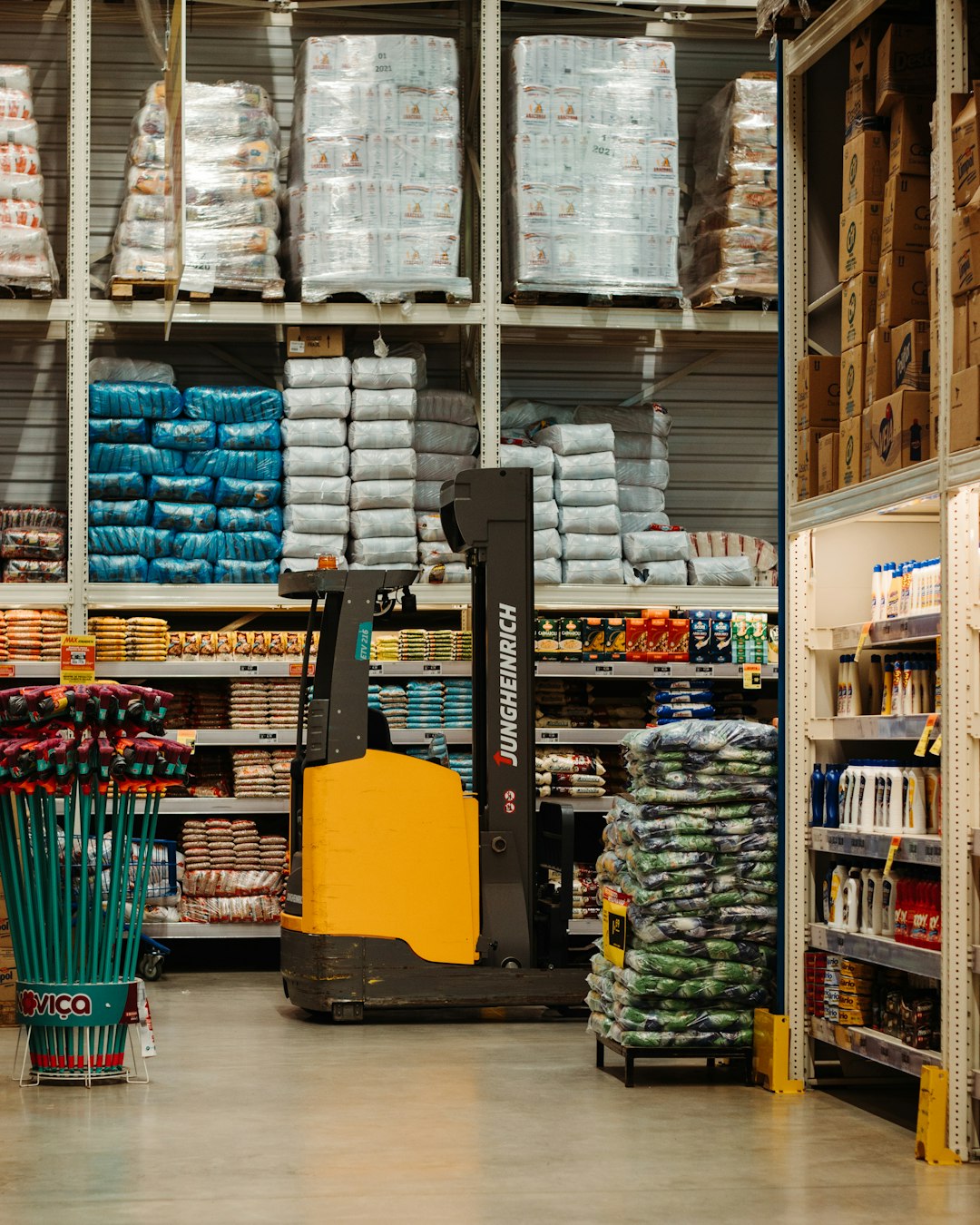
Cleaning is not just a task; it’s a commitment to health and well-being. By following the 5 standard cleaning practices, you can create a clean and safe environment for yourself and others. Remember, consistency is key!
Recommended Links
- Discover the 7 Stages of Cleaning: Your Ultimate Guide to a Spotless Home! 🧼✨
- Deep Cleaning Guides
- Cleaning Tips
FAQ
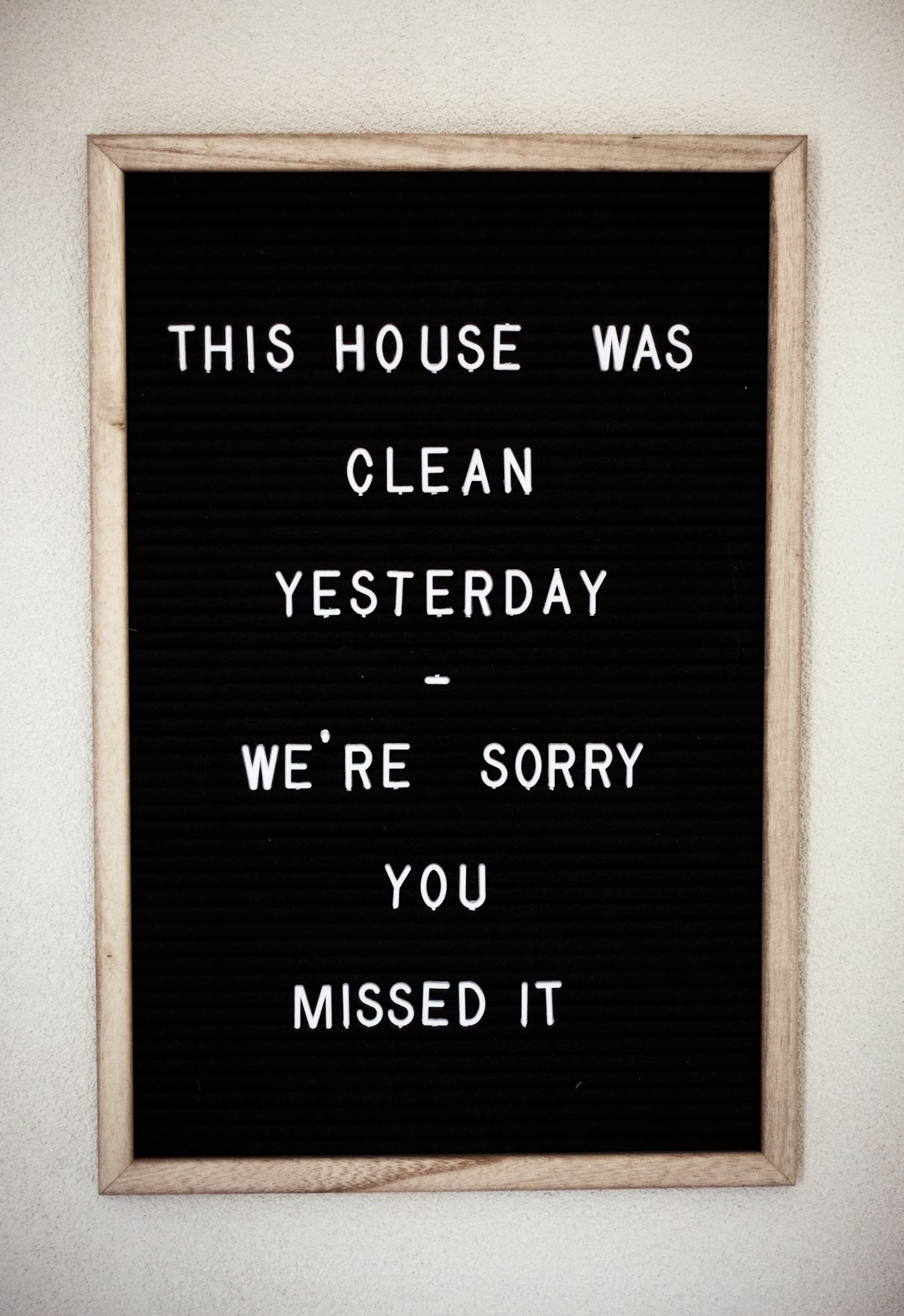
-
What is the difference between sanitizing and disinfecting?
- Sanitizing reduces the number of germs, while disinfecting kills them.
-
How often should I deep clean my home?
- Aim for at least once a month, depending on your lifestyle.
Reference Links
Now that you’re armed with all this knowledge, go forth and conquer the cleaning world! 🧽✨
Conclusion
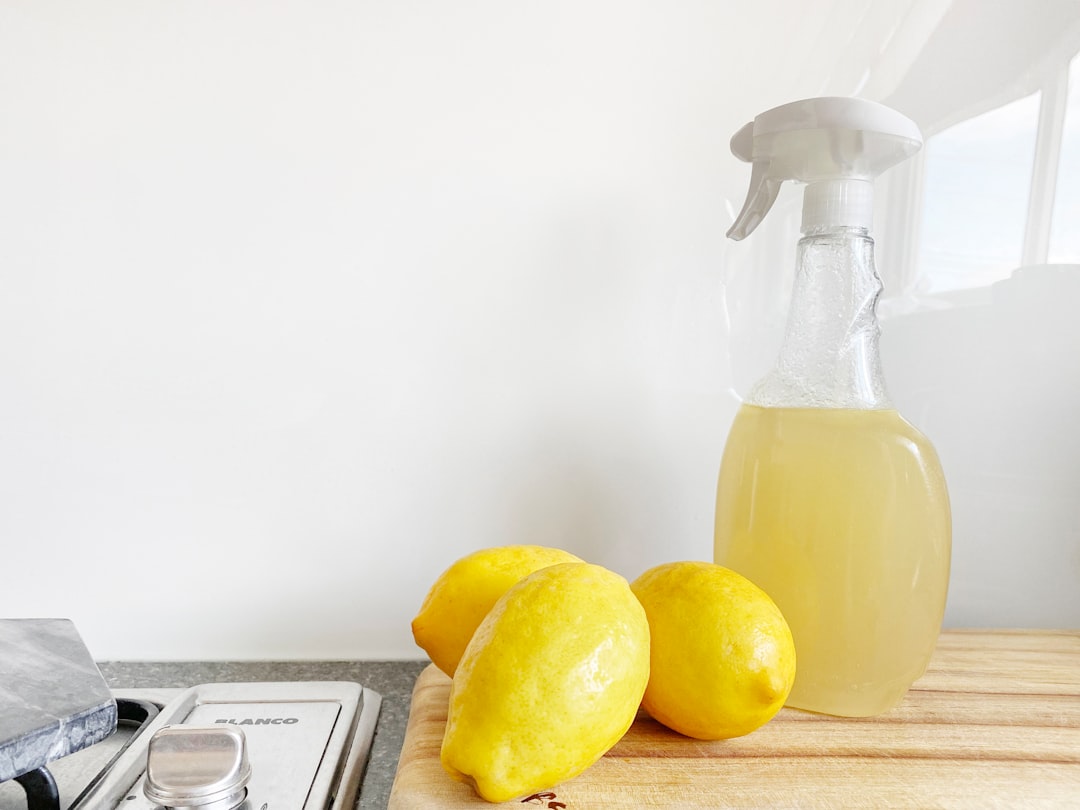
In summary, the 5 standard cleaning practices—regular cleaning, deep cleaning, sanitizing, disinfecting, and maintaining cleanliness—are essential for creating a safe and healthy environment in any space. By implementing these practices, you not only enhance the aesthetic appeal of your home or office but also contribute to the overall well-being of everyone who enters.
Positives of following these standards include reduced allergens, improved air quality, and a significant decrease in the spread of germs. However, the negatives can include the time commitment required and the potential for overwhelm if you don’t have a solid plan in place.
We confidently recommend adopting these practices as part of your routine. Remember, consistency is key! With a little effort each day, you can maintain a clean and organized space that feels welcoming and healthy. So, roll up your sleeves, grab your cleaning supplies, and get started on your journey to a spotless environment! 🧼✨
Recommended Links
-
👉 Shop Cleaning Supplies on:
- Mrs. Meyer’s Clean Day: Amazon | Official Website
- Clorox: Amazon | Official Website
- Dyson V11: Amazon | Official Website
- Bissell ProHeat: Amazon | Official Website
- E-Cloth: Amazon | Official Website
-
Books on Cleaning and Organization:
FAQ
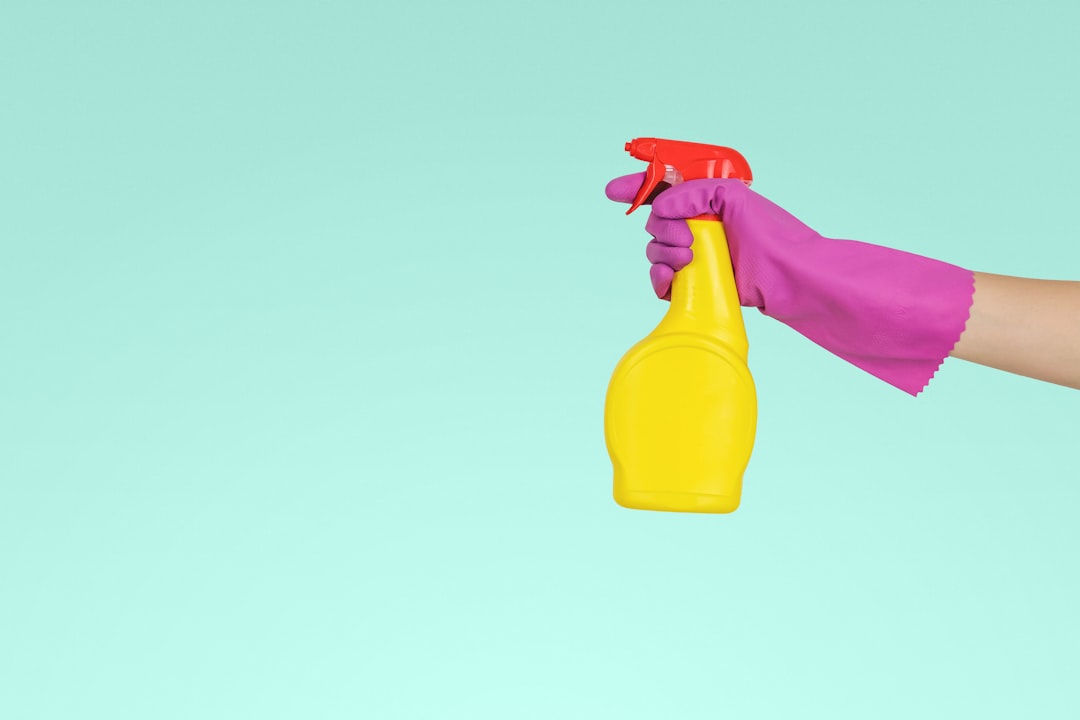
What are the key principles of effective cleaning and organization in a home or office setting?
Understanding the Basics
Effective cleaning and organization hinge on a few key principles:
- Consistency: Regular cleaning prevents dirt and clutter from accumulating.
- Systematic Approach: Tackle one area at a time to avoid feeling overwhelmed.
- Use of the Right Tools: Quality cleaning supplies can make a significant difference in efficiency and results.
- Decluttering: Regularly assess items and remove what you no longer need.
By adhering to these principles, you can create a more manageable and enjoyable cleaning experience.
How can I create a schedule to maintain a clean and organized space on a daily and weekly basis?
Crafting Your Cleaning Schedule
Creating a cleaning schedule involves:
- Daily Tasks: Identify quick tasks that can be done each day, such as making beds, wiping down counters, and doing dishes.
- Weekly Tasks: Assign specific days for deeper cleaning tasks like vacuuming, mopping, and bathroom cleaning.
- Monthly/Seasonal Tasks: Set aside time for tasks that don’t need to be done as frequently, such as window washing or decluttering closets.
Using a planner or digital app can help you stay on track and adjust as needed.
What are some essential cleaning tools and supplies that I should have in my cleaning arsenal to tackle various tasks?
Must-Have Cleaning Supplies
Here’s a list of essential cleaning tools and supplies:
- All-Purpose Cleaner: For most surfaces.
- Microfiber Cloths: Great for dusting and wiping without scratching.
- Vacuum Cleaner: A must for carpets and hard floors.
- Broom and Dustpan: For quick clean-ups.
- Mop and Bucket: Essential for hard flooring.
- Disinfectant Spray: For sanitizing high-touch areas.
Having these items on hand ensures you’re prepared for any cleaning task that arises.
How can I prioritize and categorize cleaning tasks to maximize efficiency and minimize stress in my cleaning routine?
Task Prioritization Techniques
To maximize efficiency:
- Identify High-Traffic Areas: Focus on cleaning areas that see the most use, such as kitchens and bathrooms.
- Create Categories: Divide tasks into daily, weekly, and monthly categories.
- Use a Timer: Set a timer for each task to keep yourself focused and prevent burnout.
- Involve Others: Delegate tasks to family members or roommates to share the workload.
By prioritizing and categorizing your tasks, you can streamline your cleaning process and reduce stress.
Reference Links
- CDC Cleaning and Disinfecting Guidelines
- EPA List of Approved Disinfectants
- Xylem Analytics – Test Standards and Cleaning Accessories Spectral Sensors
By following these guidelines and utilizing the resources provided, you’ll be well on your way to mastering the art of cleaning and organization. Happy cleaning! 🧽✨
